
Xavier Pastor
Composer / Audio Editor for Games
I'm Xavier Pastor, aka forteXP! I am a game music composer and audio programmer with nearly 6 years of professional experience.Check out my work below to learn more about what I do. I'd love to chat or work together, so don't hesitate to reach out!
Demo Reel
Featured Works
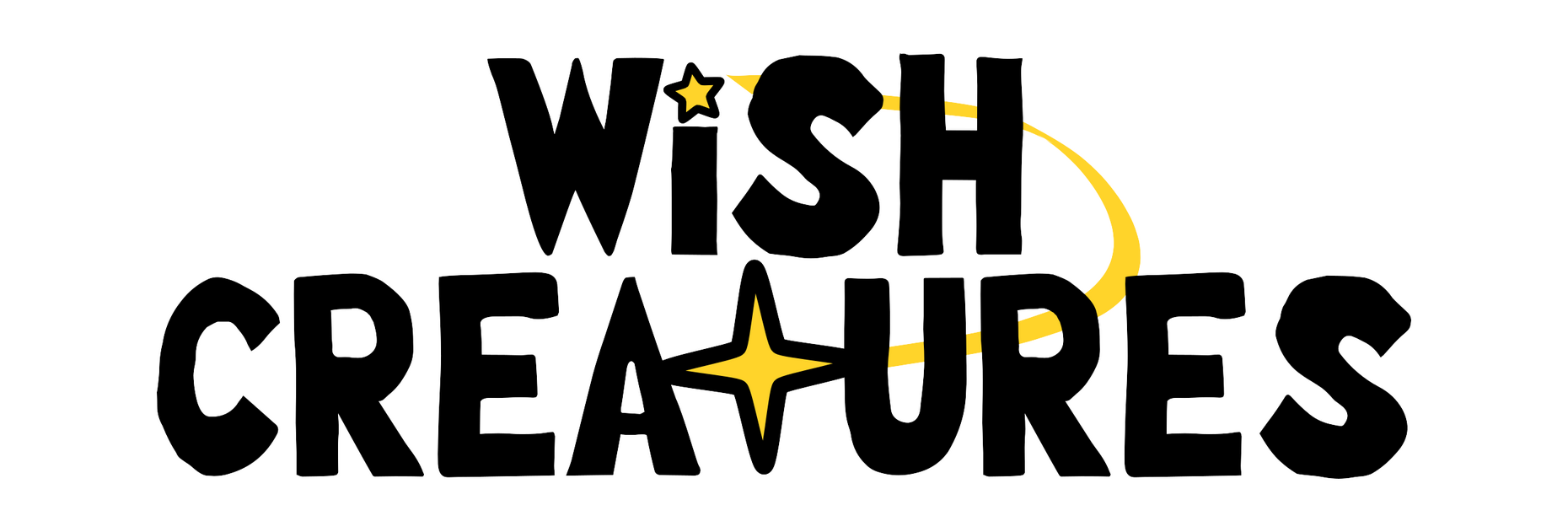
Role: Director (a bit of everything)

Roles: Sound Design, Music

Role: Music
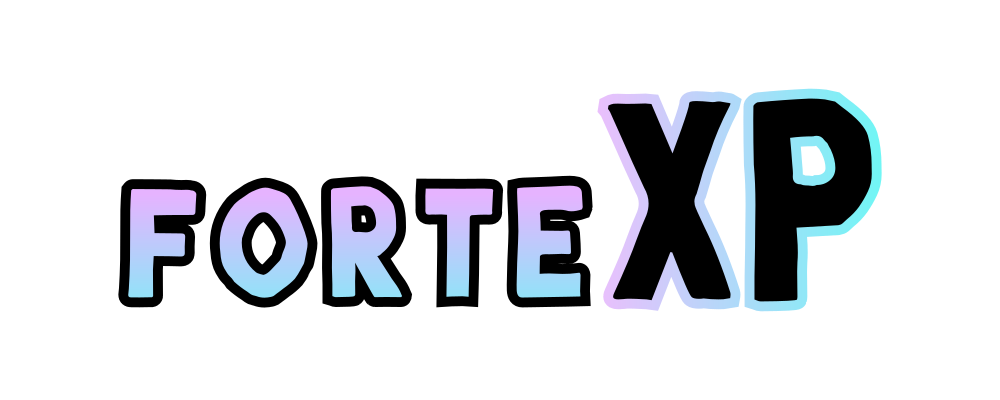
Role: Music, Video Editor
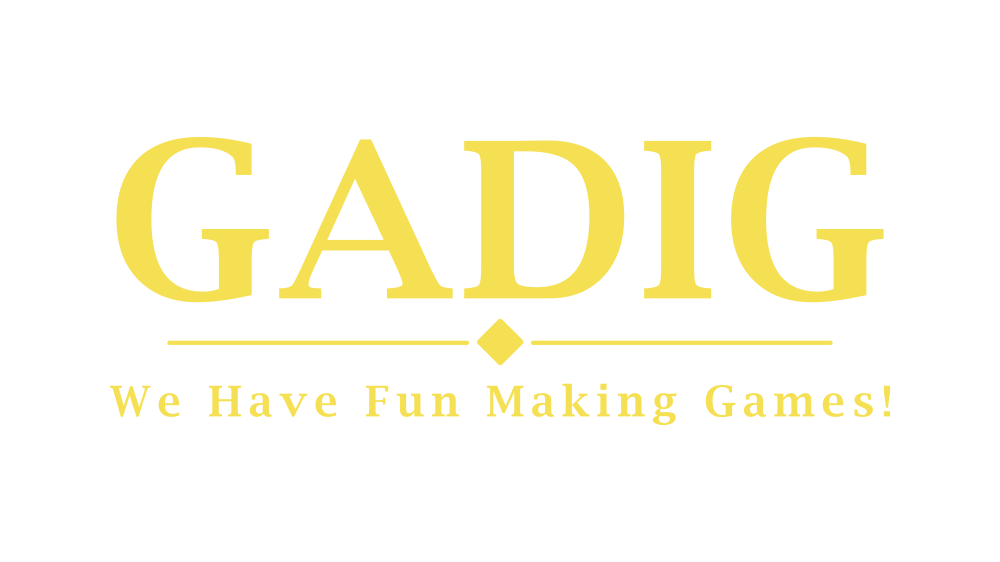
Roles: Assistant Sound Director, Webmaster
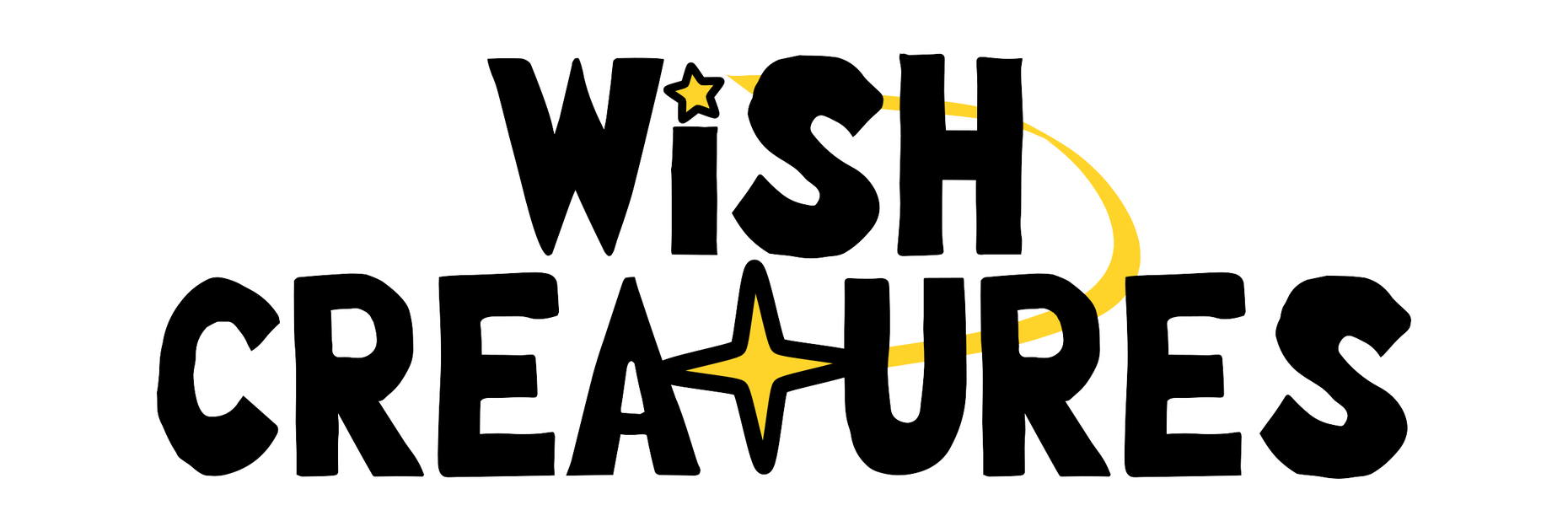
Role: Director (a bit of everything)
The Concept
A monster-taming adventure where your creatures leave your party automatically when they "level up."
Monsters are fallen stars, and by treating them with kindness, they gain the Courage to return home!Monsters gain Courage through activities like defeating other Monsters in turn-based battle or eating a favorite food. When a Monster is ready to become a Star, it automatically & permanently leaves your party to enter the Cosmos. Though you can't be together anymore, you can view the Cosmos and make wishes during battle by "Stargazing!"

Meetings & Partings
The theme of Wish Creatures is Meetings and Partings. In life, we meet, become friends, and eventually go our separate ways. Even if that hurts a little! We grow as people through this process. Wish Creatures gamifies this idea!First, the player has to bond with a Monster. Since Monsters are only in the player's party briefly, recruiting Monsters is an important part of getting to know them!When you encounter a Monster in the wild, you can recruit them to your team. Each Monster species has desires and fears... and if you can prove your interests are shared, they'll join you! Choose your words carefully and offer a gift the Monster may like to earn the most points. You don't have to get it perfect, but you'll have to pay attention. Plus, nailing the interaction will inspire the Monster to give you a special item to represent the care you showed them.Bonding, battling, then saying goodbye... I hope the narrative and gameplay compliment each other in a way that resonates with players! I'll only know once the game releases, I suppose.

Music & Sound Design
I like games that reinforce narrative themes through audio. Wish Creatures is my little audio playground to practice this!Every area in the game has original music so the player can hear their journey progress and change. Music builds in layers in certain menus. Environmental objects have proximity audio to give a sense of life and movement. The Courage screen after battle reminds the player of their time left with their monster friends, and the regular "proceed" text is relabeled to "accept" when a monster is ready to leave the party, accompanied by a somber rearrangement of the victory theme.All my audio work is done in FL Studio 2024, with occasional audio clean-up in Audacity (stuff like balancing the gain of SFX against each other). For music, my sounds are a mixture of Komplete 12 Standard and whatever free/cheap sounds I can get my grubby hands on.
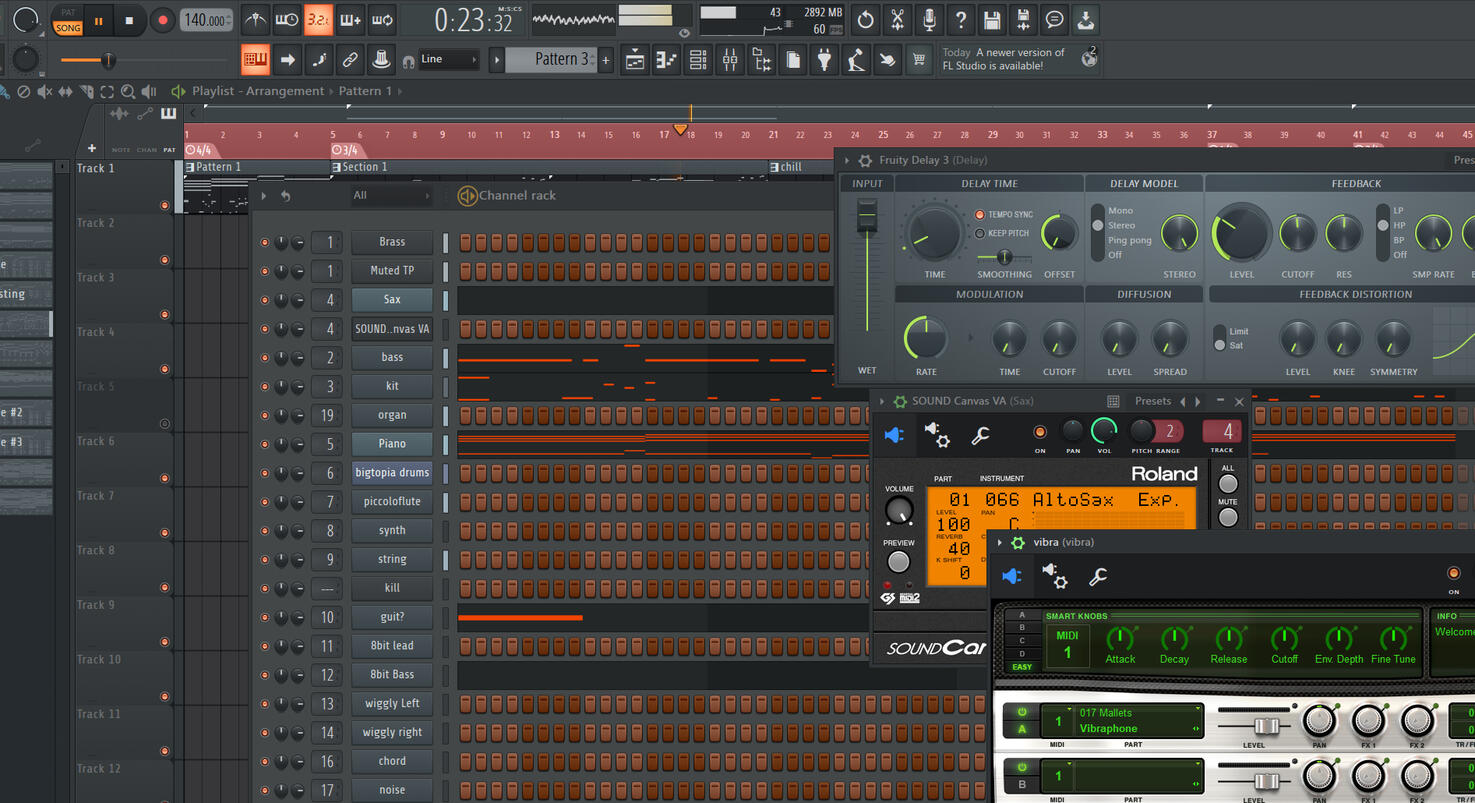
(Above: My FL Studio project for "Glamorous Bigtopia")
(Above: "Glamorous Bigtopia" from the Wish Creatures Soundtrack)
The full soundtrack is nearly an hour long and is by far the largest music project I've worked on. Special thanks to onion_mu, oriora music, Itella Itella, and Ryu Matrix for their wonderful compositions and arrangements!We put a lot of effort into constructing the soundtrack and the presentation of audio in-game. I love co-composing and arranging!
(The victory music was the first song I composed after coming up with the thematic direction of Wish Creatures.)
(Give it a listen while reading the rest of this page!)
LowRezJam 2021 & the 2:1 Ratio
Wish Creatures started as a game jam entry back in August 2021.I was enjoying the fast pace of jams back then, so I wanted to try one as a programmer! One where I could focus on gameplay without worrying about graphics. Then I found LowRezJam 2021. Its only requirement: create a game in a 64x64 pixel window."Perfect! I can learn how to make a turn-based RPG, and the art is so small that there's no way I'll mess it up."
- A naive forteXP, before conscripting themself to a years-long graphics battleThus, "Netmon" was born.

I had fun with LowRezJam! I decided to add more content to the game, calling it Project NEXT (Netmon Extended). I wrote out a rough Game Design Document and started constructing the world beyond the game jam's content. After about 6 months of aimless world mapping, I realized I needed to take the game more seriously. Design issues from the game jam were present (KOs are levels? But the max is 5?) and I wanted more of the world visible at once.This was around the time I decided to extend the window horizontally by 64 pixels, creating a 128x64 pixel resolution. This 2:1 aspect ratio was a major hassle during development, so near the end of development in Summer 2025 I bumped the pixel resolution to 128x72 (a proper 16:9 that modern displays and the SteamWorks backend both like)!I also increased the UI layer's size to 3x that of the world camera, allowing room for bigger fonts. Most UI sprites are consistent with the world camera's sizing. I hope this minimizes "mixels" (a visual effect where a game with pixel art has pixels of different sizes, which violate the sense of detail).
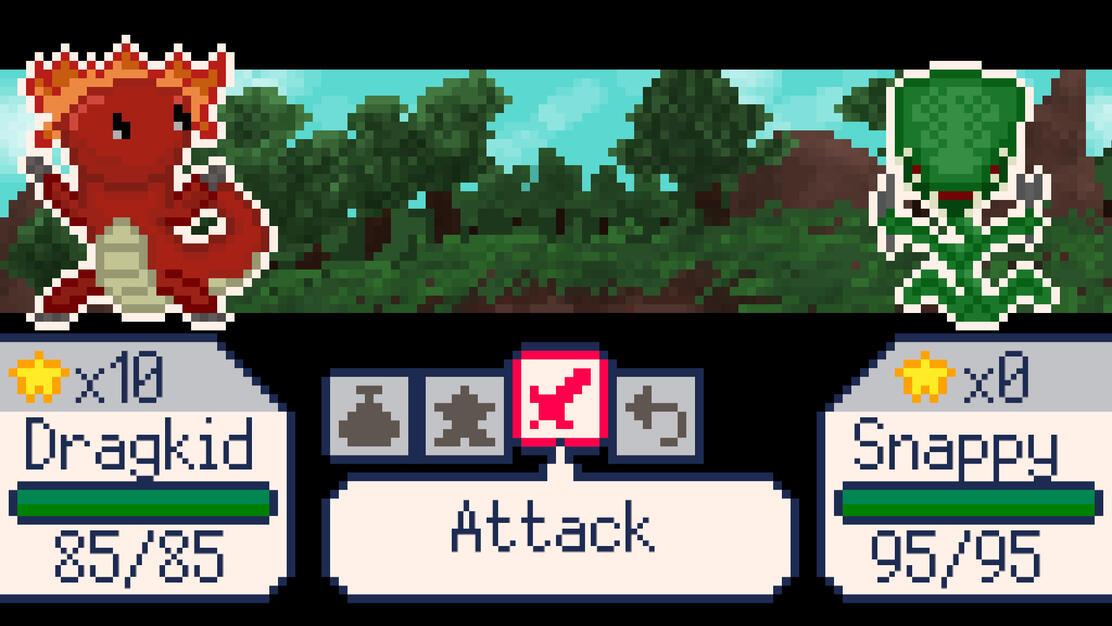
The battle layout using the 2:1 ratio.
Art as a Weakness
As I continued work on UI, I needed more room to display info to the player. I didn't realize the sheer quantity of data necessary to make a turn-based RPG tick... but when each unit has battle statistics, graphical information, dialog with multiple choice responses, a journal entry, and more, it becomes a lot to keep track of in your head!Art is difficult for me. It took great effort to make the game's logo. I even commissioned a friend to conceptualize how to incorporate different elements, so I could study it and make my own...I used programs like MS Paint or Krita to mock up potential UI layouts and wrap my head around more difficult menu systems.
Creating the game's first vertical scrolling menu was a huge task for me.Despite how awful the math got at times, the results made the work feel worthwhile. The work I did to create scrolling menus for the Cosmos's "Offerings" menu could be reused almost anywhere in the game!Looking back, some of the mockups are very silly. But they were helpful! Don't be ashamed of your art. It'll get the job done and gets better with practice. If only I practiced...
Finally, Real Art
It wasn't until 2025 that we started to focus on human characters. Before this point, humans were just bulleted discord messages with their musical themes attached. Monsters had similar origins, though without music. Some monsters, like 503-bit, started as pixel art practice in Aseprite. None of the story was written in its final form.In a roundabout way, the existence of motifs in the game's soundtrack was the most definitive proof of the game's story.So I began writing. And writing. I had a beginning, then an ending, then fleshed out the characters and worked backwards. I loved that part. Once I got back to the beginning, it didn't naturally connect with the rest of the story! I started a re-write of the first chapter, and around this time, it made sense to finalize the visuals of each human character.The game's key art, human characters, and the in-game spritework of Mongrowl and Cinnail are all done by Marty Moon. The art here is theirs! The key art took a long time because some of the monsters didn't have art outside of the game. Snappy's design was only visible from the original game jam art! The final key art and monster sprites are very pretty.

Roles: Sound Design, Music
"What if each song was 2 songs?"
I am the Composer and Audio Programmer on Nekomancer of Nowhere! The game is an isometric action-puzzle game where you flip between the realms of living and dead to resurrect ghosts by drawing spells on the screen. You'll solve the mystery of why these ghosts haunt Tombstone Tower's 9 floors. It's a complicated high concept, so I decided early on that the music system should emphasize the difference between the living and dead realms.In Unity, the floor music is a scriptable object that contains two audio files along with manual looping information. Each floor of Tombstone Tower has two arrangements of music, orchestral for the living realm, and electronic for the dead realm!I had to write 18 music pieces in 2 semesters back when Nekomancer of Nowhere was a college CAPSTONE game. Yeah, that was a lot.
Listen to the attached SoundCloud embed to hear the results.
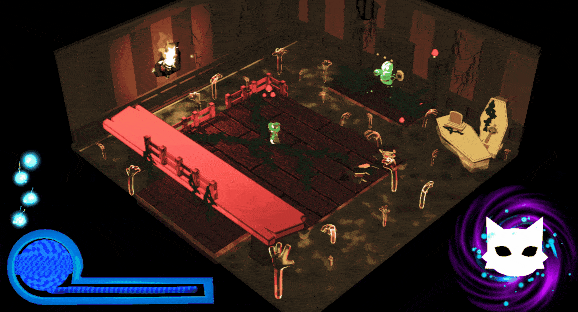

Some gameplay footage from Nekomancer of Nowhere.
Releasing Dynamic Music for CD
In the soundtrack release, music for levels that can flip between life and death is condensed into one track. The living version plays first, then it transitions into the dead version. Certain tracks have special transitions composed to make the jump between variations more seamless. A few also have newly composed endings, since the music would loop forever in the game! I guess I got pretty absorbed in the presentation of the soundtrack album... but it came together well.

We even made a physical print run of the soundtrack for PAX East!
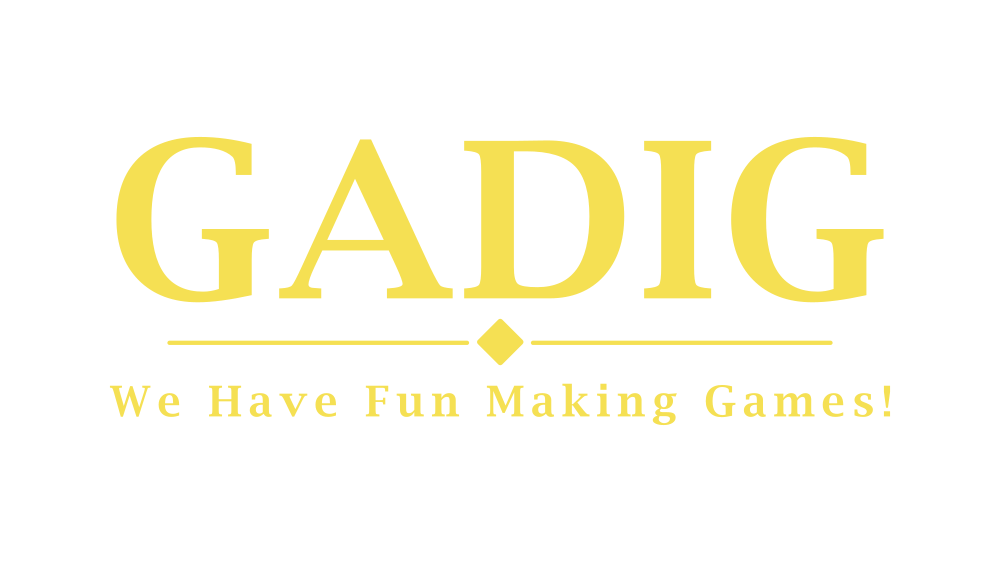
Roles: Assistant Sound Director, Webmaster
What is GADIG?
GADIG is a student organization at George Mason University (where I got my Bachelor's in Music Technology)! It's a group of students who make one video game every semester. The goal is to emulate a studio environment: GADIG averages roughly 60-80 active members per project.I joined GADIG during my first semester of college, during COVID lockdown. We operated remotely through discord, with only 20 or so members... Back then, I joined because I wanted to find friends in game development. Little did I know how involved I'd become!
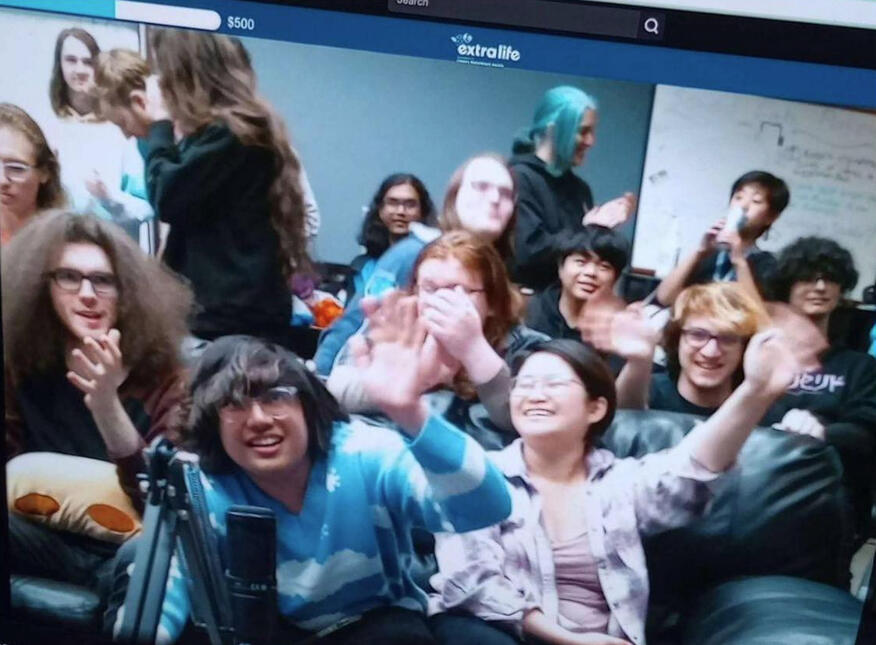
(The last frame from a 24-hour charity livestream, JAMfest! GADIG hosts this event every semester.)
I had my hands in almost every aspect of the org at one point, so instead of going into detail on all my contributions, I'll highlight the various roles I handled. 12 or so officers were responsible for the continued running of the club. Volunteer work is no joke!
Assistant Sound Director - Gorilla Grind
Together with Joshua Gaines, I helped run the Sound division of GADIG during the production & post-production of Gorilla Grind! We met once a week as a team of roughly 12 people to discuss progress on music composition and sound design. Josh and I also shared updates on the game's overall progress. We'd sit around a monitor and offer critique for anyone who wanted it.Maintaining a positive and voluntary culture was important to us! During breaks, we'd chat with folks about the music they were making outside of the org. We also made sure that everyone could use their favorite DAW, and to compensate for the different sounds, I mastered the soundtrack & sound effects with Josh at the end of production.
(The soundtrack of Gorilla Grind. You can definitely hear the student-game vibe here, but that's part of what makes GADIG games so charming!)
We had lots of folks use MuseScore, so my musical contributions in-game are mostly arrangements of the MuseScore compositions. Arrangements were made in collaboration with the original composers to better match the sound of the game while still respecting their ideas and vision. A lot of GADIG members are non-game designers trying it out for the first time, so it was important for them to have a hand in the process!
Webmaster - GADIG Admin
GADIG officer roles were made of two parts: hands-on roles like Art or Programming directors, and hands-off roles like President or Secretary, who watched over the larger output and trajectory of the org beyond any one production.It sounds exciting and important because it was! But the daily experience was mostly moderating officer meetings, booking rooms with the university, and writing emails.A webmaster doesn't typically do these things. But... a webmaster's role is to communicate these things to the organization. I created events in our Discord calendar, added credits to our itch pages, and updated our website's "About Us" page every semester with info on the new officers. I ended up helping with almost all the admin work just by proximity, for about 3 years!
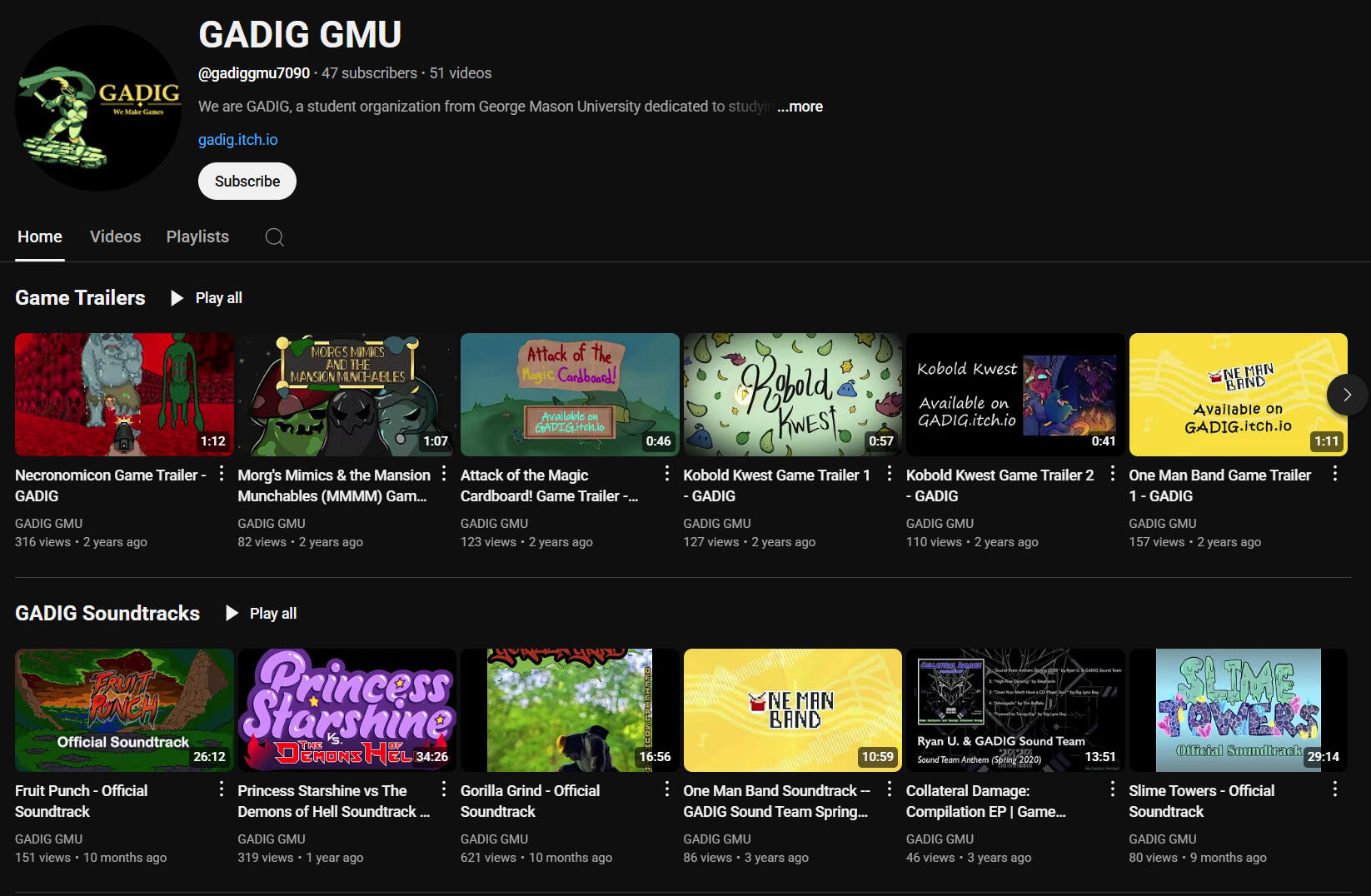
(The GADIG Youtube channel. When I started as Webmaster, it was mostly empty. The admins and I decided to make trailers and upload all our soundtracks to make things more lively!)
Webmaster - Streams & Socials
There was no Social Media Manager role when I joined, so we rolled it under the responsibility of the Webmaster. I only "posted" on "social media" by uploading photos of forest mushrooms on Instagram and Undertale midi arranges on Soundcloud, so I had a lot to learn...And learn I did! During my time at GADIG, I made 40 posts on Instagram, edited roughly 5-6 videos for YouTube, released 4 soundtracks online, and made 5 itch pages (One Man Band, Slime Towers, Gorilla Grind, Princess Starshine vs. the Demons of Hell, and Fruit Punch).

(The itch page for Fruit Punch. I was proud of this one.)
(Look at how many people contributed!)
It was a good run, and I learned so much about editing, posting, tagging, graphic design, networking, communicating with collaborators... honestly, everything. Thanks, GADIG!

Role: Music
What is Merc-Boy?
Merc-Boy is just a really good indie MEGAMAN game. That's it, no big twist! Run 'n Gun through a space station to fight against the Space Pirate invasion! Each area has normal and low gravity areas to keep the gameplay varied.

Developed by SingleShot with music by me, we created the core experience within the two weeks of GBJam 11. Lab X and the final battle were added in a post-launch update. Merc-Boy was created with GameMaker, so it can't run on a real GameBoy. We challenged ourselves to recreate the look and feel of a game designed under the GameBoy's limitations!
Writing for GameBoy
I wrote my music in FL Studio, but I wanted it to be authentic to the audio chip of the GameBoy. The Merc-Boy soundtrack was constructed by taking advantage of FL Studio's Project Template system! Using NES VST and Magical8bitPlugin2, I made an empty project with two square channel, a sine channel, a noise channel, and a DPCM channel (which was reserved for sound effects). Each time I needed to write something new, I'd copy the template and get to work!
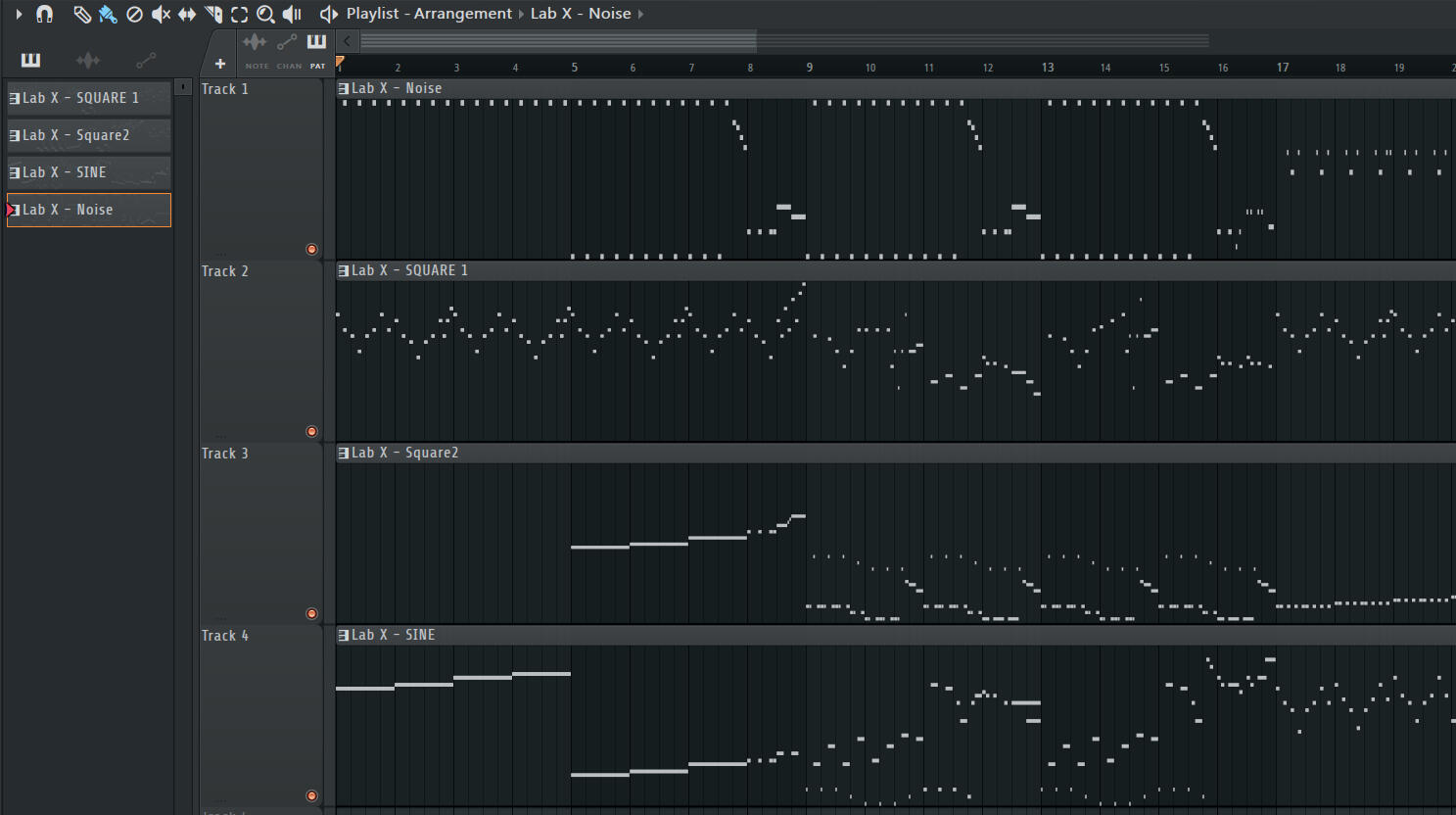
(The project file for the Lab X theme.)
(Notice how there are exactly 4 channels, and each channel plays one note at a time. Limitations in motion!)
I studied the soundtracks of MEGAMAN II and Castlevania Legends to create the style. The rocky-pop tunes are my favorite part of this chiptune era, so I included little guitar-like riffs and string bends.To make it more authentic, I'd probably lessen the usage of pitch-bending. When I eventually worked on real NES hardware with the game Even Goblins Fall in Love, I realized that pitch bends use more data than I expected. Bends require both "start" and "stop" inputs to slide between notes over time.Despite this, Merc-Boy is still my favorite chiptune soundtrack I've written so far!
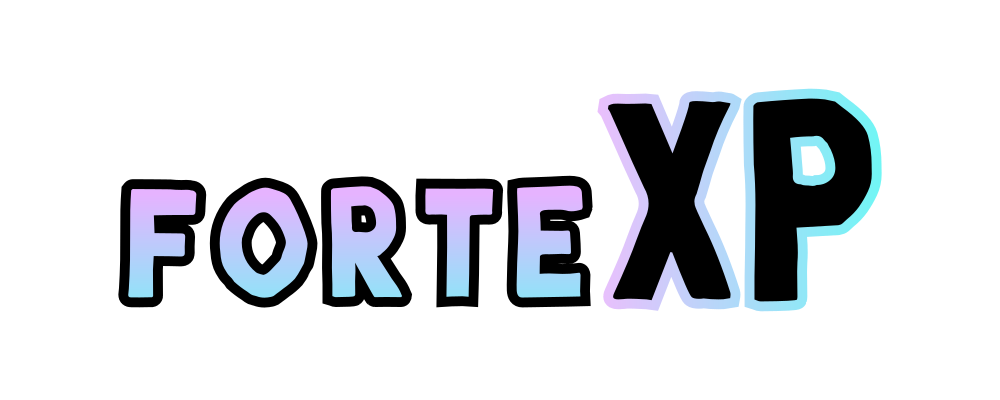
Role: Music, Video Editor
YouTube
forteXP is both my musician and YouTube channel name! I share music covers and original compositions over there. I've been averaging 8 covers a year, with the occasional upload from my BandCamp back log.It started in 2015, when I was learning about game music for the first time as a kid. I was taking piano lessons (though, since I was 13, probably not so seriously...) and felt the urge to learn Pokemon music on the piano.I started shifting melodies around, writing my own... then found my way to MuseScore 1 and the wonderful world of slapping new instruments on video game MIDI data (affectionately called "MIDIslapping").

(My first music uploads. The WeVideo watermark still makes me laugh.)
I eventually found an internet community focused on recreating video game music, and they gave me lots of advice! In the years since, I've produced over 50 covers, appeared in multiple fan albums, and collaborated with some great up-and-coming artists like Ryu Matrix and onion_mu.I'm thankful for the forteXP project. I'm happy I can grow along music friends and hear that growth in a tangible way.






